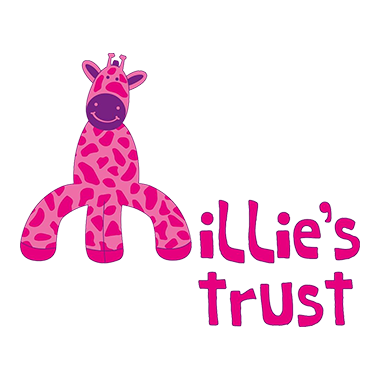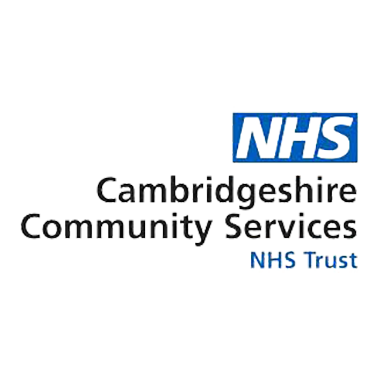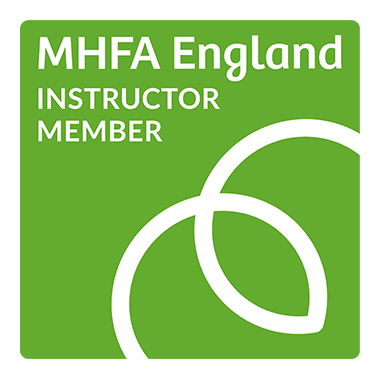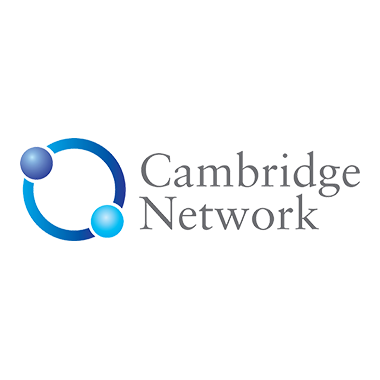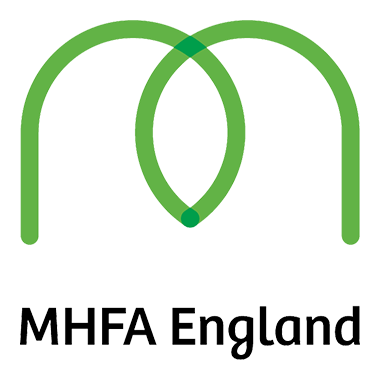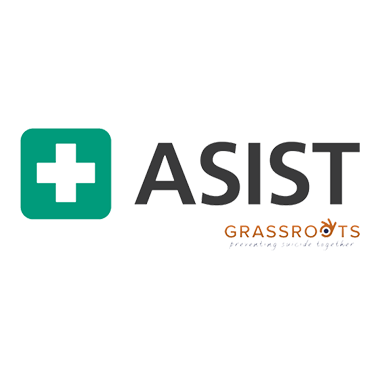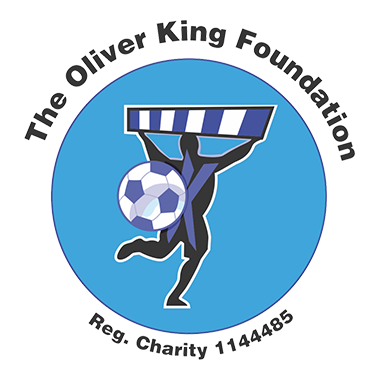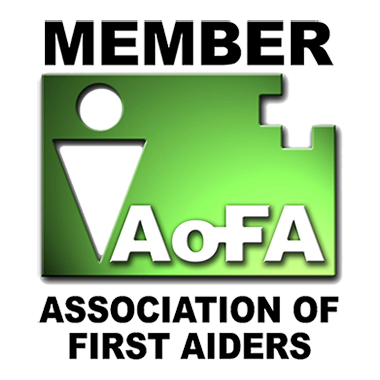Accessibility
EDI (Equality, Diversity and Inclusion)
Don't let Anxiety hold you back
Home » Accessibility & EDI
Disability, hearing impaired, visually impaired, anxiety, dyslexia, wheelchair users, assistance dogs.....
If you have any access requirements or questions, please contact us, and we will take necessary actions prior to your first aid training course to make sure you are catered for.
Anxiety
If you are feeling anxious about attending a classroom course, please get in touch before the training. You are not alone!
We understand anxiety is not always logical in the conscious mind, that’s the whole point right. Those niggling feelings hang out in all sorts of places, none of which make sense to others, and quite frankly don’t need to. What matters, is your own unique human experience.
We will be happy to chat on the phone or in person before the course starts, show you the venue, or save you a seat located in a preferred position. It’s our job to make sure everyone feels welcome and comfortable.
We don’t insist on embarrassing role play and will always provide clear explanations about each of the practical activities, and interactive group exercises on our Mental Health First Aid courses.
"Equity", and why it’s different to "Equality"
Equality simply means everyone is treated the same exact way, regardless of need or any other individual difference.
A blanket approach is not always appropriate.
Equity, on the other hand, means everyone is provided with what they need to succeed.
If someone is dyslexic, we offer to read the questions to them, if someone is anxious then they need the opportunity and space to manage this.
Equity, the situation in which everyone is treated fairly and equally, means equality can prevail.
What does equality, diversity, and inclusion mean?
Equality refers to providing equal opportunities to everyone and protecting people from being discriminated against.
Diversity refers to recognising and respecting and valuing differences in people.
Inclusion refers to an individual’s experience within his/her workplace and in society, and the extent to which he/she feels valued and included.
When talking about equality, diversity, and inclusion we define equality as essentially being about fairness and ensuring that all learners have the best possible chance to succeed, whatever background or identity. Achieving equality of outcomes means we may have to do specific things for different groups (Equity) to ensure that everyone has the opportunity for the same outcome.
The Equality Act 2010
The 9 Protected Characteristics below, are written into the Equality Act 2010
- age
- gender reassignment
- being married or in a civil partnership
- being pregnant or on maternity leave
- disability
- race including colour, nationality, ethnic or national origin
- religion or belief
- sex
- sexual orientation
Below are some examples of common concerns we can navigate together.
- I am dyslexic
- I am not good with technology
- English is a second language
- I have bad knees; can I do CPR?
- I lost a loved one recently, I’m worried about getting upset
- I don’t like talking about blood/vomit/eyes/*fill in your own
- I have social anxiety
- I have Covid Anxiety
